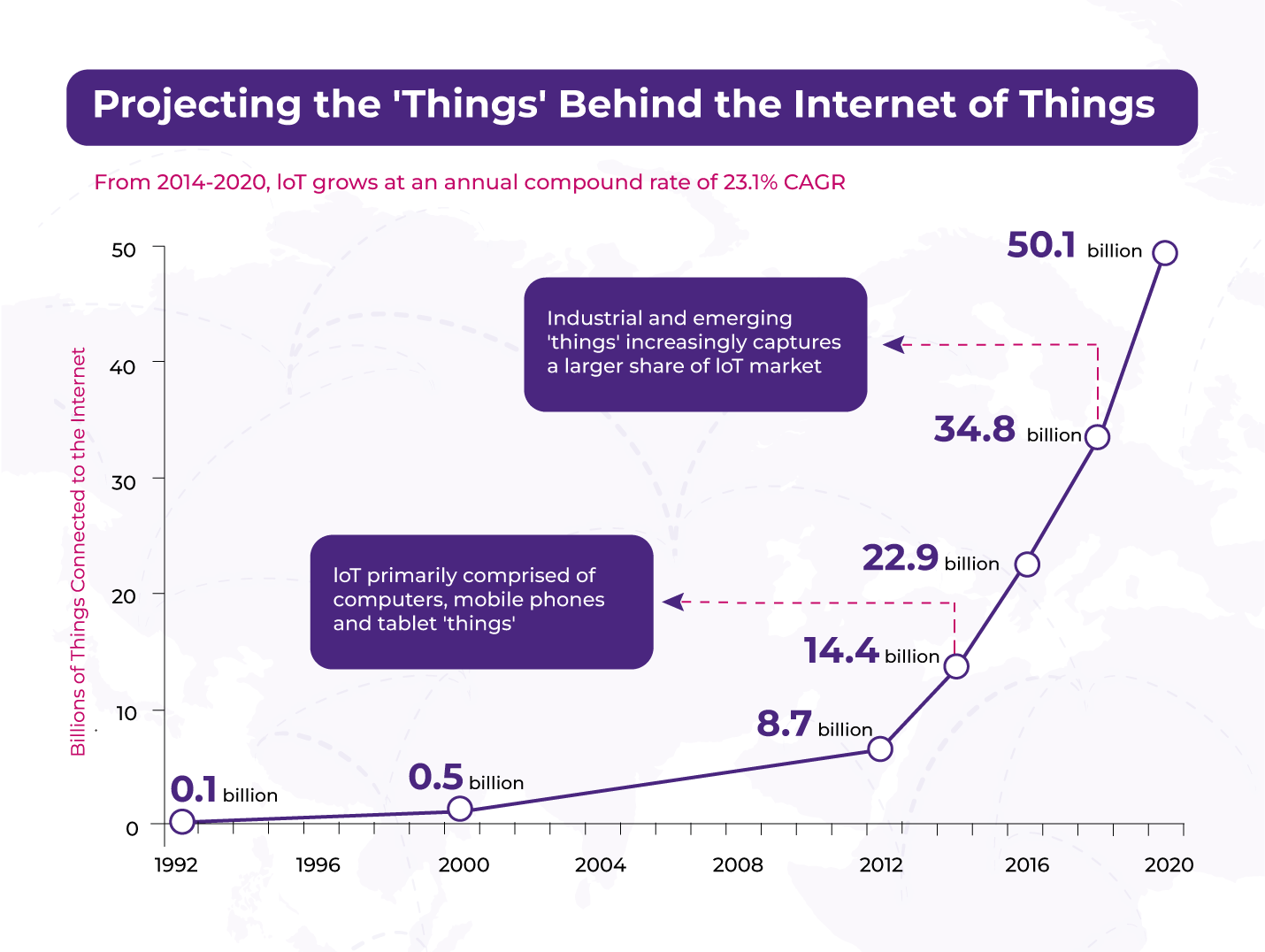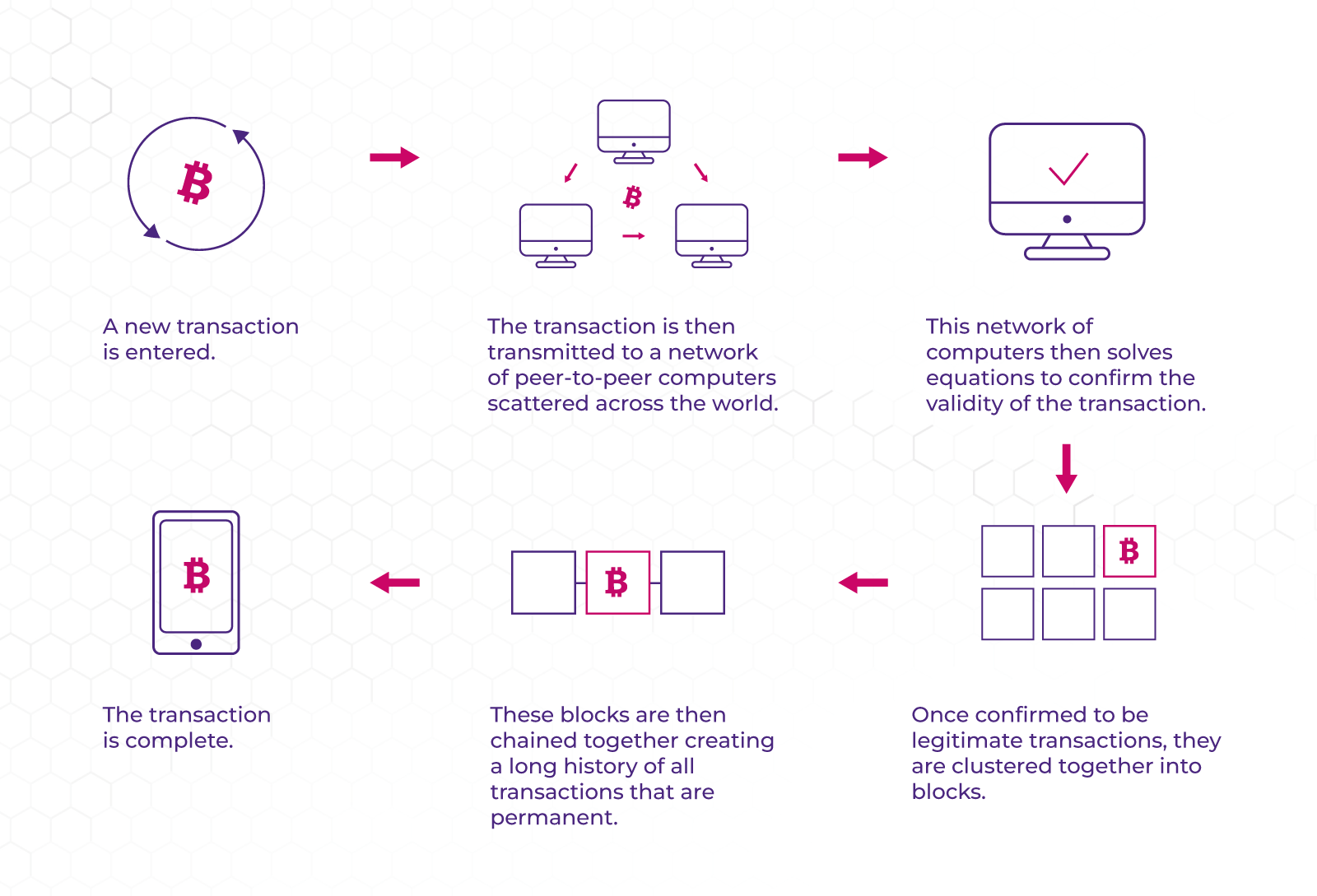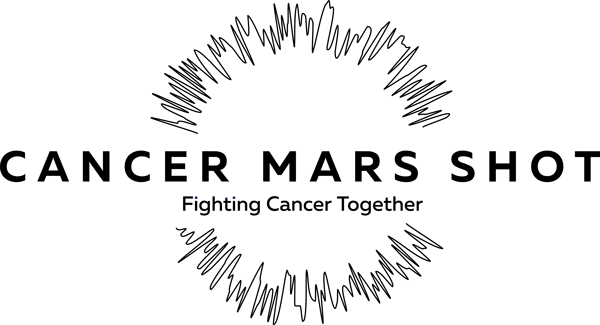Advancing Biospecimen Procurement with Cutting-edge Technologies

Imagine a world where diseases can be prevented before they even occur, where medications are tailored specifically to each individual's genetic makeup, and where new drugs are developed at an unprecedented rate. This future is quickly becoming a reality due to the rapid evolution in technologies the field of biospecimen procurement has witnessed over the years, with traditional, invasive methods of sample collection being phased out for non-invasive techniques that are safer and more convenient for patients. Biospecimen procurement is the process of collecting and storing biological samples, such as blood, tissue, and cells, for research purposes.1 This process plays a crucial role in fields such as preventative genomics and precision medicine, autoimmune or infectious diseases, and drug development.2
In this article, we explore the importance of technological advancement in biospecimen procurement, discuss current and emerging cutting-edge technologies in this field, and highlight their real-world impact on biomedical research.
The Role of Technological Advancement in Biospecimen Procurement
The importance of leveraging technology in procurement processes is reflected in the growing value of the global biobanking market, which was valued at USD 25.09 billion in 2018 and is projected to double to USD 49.46 billion by 2026, with a compound annual growth rate (CAGR) of 8.9% during this period.3 Notably, digital platforms and online biobanks significantly expanded the accessibility of biospecimens to facilitate easier global collaboration, whereas robust cryopreservation techniques, such as vitrification, are enabling longer-term storage of these samples to maintain greater cell viability. 4,5
As a result, the introduction of technology in biospecimen procurement has had a profound impact on streamlining biospecimen processing and preservation, as well as biospecimen management and distribution for quality biobanking initiatives.
Types of Cutting-Edge Technologies in Biomedical Services
Robotics, IoT, AI, and blockchain are contributing to the improvement of processes and data management across numerous fields, including services offering biospecimens for research.6
- Robotics: Robots are now being employed in various stages of the procurement process, from sample collection to storage and retrieval. These machines are typically equipped with precise and delicate instruments that can handle samples with utmost care.7
- Internet of Things (IoT): The Internet of Things (IoT) is a network of devices, such as sensors and trackers, which collect and share information via the Internet for researchers to remotely monitor and track the condition and location of biospecimens in real-time. As shown in Figure 1, the number of ‘things’ estimated to be connected to the Internet was 50.1 billion in 2020.8,9

3. Artificial Intelligence (AI):
AI algorithms can analyze large volumes of data, such as patient records and genetic information, to identify potential donors and match them with specific research needs.11 These can also automate the classification and sorting of biospecimens based on various criteria, such as disease type or genetic profile.12
4. Blockchain:
Blockchain technology is a ledger database within a computer network known to maintain secure and decentralized records of transactions. An overview of the steps required for this process is provided in Figure 2.13 Each transaction and transfer of a biospecimen can be documented transparently, enabling researchers to create an immutable and auditable record.

Key Benefits of Leveraging Technology for Biospecimen Procurement
One of the significant advantages of handling tissue or blood samples with tech is the improvement in sample quality.14,15 Traditional methods often rely on manual processes, which can introduce human errors and compromise the integrity of the specimens. However, with the integration of advanced technologies, such as robotic automation and machine learning algorithms, the collection and handling of biospecimens can be standardized, leading to more accurate and reliable results.15,16
Furthermore, automated barcode scanning systems can accurately identify and track specimens, reducing the chances of mix-ups and improving overall efficiency.15,17 Lastly, the use of technology in biospecimen procurement enhances data security to protect patient confidentiality and data privacy.14,15 Advanced digital approaches, including encryption methods and secure databases, can safeguard this valuable data, preventing unauthorized access and potential breaches.14
Common Challenges of Tech in Biospecimen Procurement
Despite the several benefits, there are potential issues to consider with technological integration into biospecimen handling. First, with the digitization of biospecimen data, ensuring the confidentiality and security of sensitive patient information within biobanking ethics is a fundamental biomedical research challenge. Encrypted data transmission and storage, multi-factor authentication, and firewall protections are indispensable in safeguarding the integrity and confidentiality of data.14
Second, as biospecimen repositories transition from housing a few hundred samples to managing vast collections spanning millions, researchers must turn to innovative storage, tracking, and retrieval solutions that can accommodate this expansion; however, this can be accompanied by high implementation costs, particularly for smaller institutions or organizations.4
Integrating emerging technologies into established infrastructures is another significant challenge that cannot be overlooked. Shifting from manual processes to automated systems requires substantial infrastructural adjustments, intensive training, and substantial investment from biospecimen companies.4
Exploring Real-World Case Studies
The impact that advancements in these types of technology can have on biospecimen procurement can be exemplified by three real-world success stories.
Case Study 1: The Cancer Genome Atlas Program (TCGA)
The Cancer Genome Atlas (TCGA) is a landmark cancer genomics program that molecularly characterized over 20,000 samples of primary cancer and matched normal samples spanning 33 cancer types. The data generated by TCGA, which is publicly available for anyone in the research community to use, has already led to improvements in our ability to diagnose, treat, and prevent cancer. Through the integration of advanced sequencing technologies and bioinformatics tools, TCGA revolutionized our understanding of cancer biology and paved the way for personalized medicine approaches.18 Figure 3 contains a summary of various statistics collected from the TCGA.

Case Study 2: All of Us Research Program
The All of Us Research Program, launched by the National Institutes of Health (NIH), aims to gather data per NIH biospecimen guidelines from one million or more volunteers to accelerate research and improve public health outcomes.20,21 This ambitious project utilizes advanced technologies to collect and integrate various types of biospecimens, including blood, urine, and saliva, from a diverse population. By leveraging advanced data analytics, the All of Us Research Program has the potential to uncover novel biomarkers, identify genetic variations, and develop personalized treatment strategies.
Case Study 3: The Precision Medicine Initiative (PMI)
The Precision Medicine Initiative (PMI), launched by the United States government, aims to revolutionize healthcare by taking into account individual differences in people's genes, environments, and lifestyles.22 The PMI Cohort Program, a major component of the initiative, utilizes advanced technologies to collect biospecimens and health data from one million or more volunteers. By integrating technologies such as wearable devices, genetic sequencing, and electronic health records, the PMI Cohort Program has the potential to provide valuable insights into the relationship between genetics, environment, and health outcomes.
Emerging Technological Trends Shaping the Future of Biospecimen Procurement
Several emerging technological trends in biospecimen procurement are revolutionizing the field and shaping its future. First, automation not only saves time and resources by handling a large volume of samples but also eliminates the risk of contamination and sample degradation, thus enhancing the overall quality of biospecimens.14 Second, data analytics provides valuable insights into sample characteristics, availability, and quality, as well as enables procurement organizations to optimize their inventory and meet the needs of researchers more effectively.14
Additionally, in today’s era of big data, data sharing has emerged as a critical trend in biospecimen procurement to promote transparency and reproducibility in biomedical research.23 Collaboration and sharing of data among different research organizations, biobanks, and procurement agencies have the potential to accelerate scientific discoveries and advancements.
Lastly, one of the most important current issues in biomedical science and biomarker procurement is ensuring inclusivity and representation. As we described in this recent article, there is a growing recognition of the need for greater ethnic and geographical diversity in biospecimen collections. To address this need, Audubon Bioscience, a global leader dedicated to driving technological advancement in biospecimen procurement, is supporting industry researchers with our matched biospecimen collection capacities, strict maintenance of best practices for biospecimen procurement, and a variety of custom biospecimen collections.
Technology and Biospecimen Procurement: Looking to the Future
Cutting-edge technologies have revolutionized biospecimen procurement, leading to advancements in disease prevention, personalized medicine, and drug development, as demonstrated by several real-world case studies explored in this article. Furthermore, the integration of robotics, IoT, AI, and blockchain has streamlined sample collection, storage, and data management, while other technological advancements have improved sample quality, enhanced data security, and enabled more accurate tracking and identification of specimens.
As we look to the future of biospecimen procurement, some recent emerging trends include automation, data analytics, and data sharing, as well as maintaining ethnic and geographic inclusivity in biospecimen collections. As technology continues to evolve, we encourage our readers to stay informed about these exciting developments in biospecimen procurement and consider the valuable impact they will have on improving the state of human health.
Learn more here about how our customized biospecimen procurement approach is supporting biomedical research and visit our website to explore our collection of matched biospecimen sets for your next project. Contact an Audubon Bioscience representative today for more information!
References
- L’Heureux J, Murray JC, Newbury E, Shinkunas L, Simon C. Public Perspectives on Biospecimen Procurement: What Biorepositories Should Consider. Biopreservation and Biobanking. 2013;11(3):137-143. doi:https://doi.org/10.1089/bio.2013.0001
- Iudchenko A. How Biospecimens Drive the Advancements of Biomedical Research? High-Quality Human Biospecimens | Audubon Bioscience. Published November 30, 2020. Accessed October 27, 2023. https://audubonbio.com/blog/biospecimens-advacement-biomedical-research/
- Biobanking Market Size, Share, Growth & Trends | Global Report, 2030. www.fortunebusinessinsights.com. Accessed October 27, 2023. https://www.fortunebusinessinsights.com/biobanking-market-102073
- Annaratone L, De Palma G, Bonizzi G, et al. Basic principles of biobanking: from biological samples to precision medicine for patients. Virchows Archiv. 2021;479(2):233-246. doi:https://doi.org/10.1007/s00428-021-03151-0
- Jaiswal AN, Vagga A. Cryopreservation: A Review Article. Cureus. Published online November 16, 2022. doi:https://doi.org/10.7759/cureus.31564
- Sandner P, Gross J, Richter R. Convergence of Blockchain, IoT, and AI. Frontiers in Blockchain. 2020;3. doi:https://doi.org/10.3389/fbloc.2020.522600
- Oakley M. Robots in Procurement | How Are They Being Used Today? Una. Published October 14, 2021. Accessed October 27, 2023. https://una.com/resources/article/robots-in-procurement/
- IBM. IBM - United States. www.ibm.com. Published October 1, 2015. https://www.ibm.com/topics/internet-of-things
- Firouzi F, Farahani B, Daneshmand M, et al. Harnessing the Power of Smart and Connected Health to Tackle COVID-19: IoT, AI, Robotics, and Blockchain for a Better World. IEEE Internet of Things Journal. 2021;8(16):12826-12846. doi:https://doi.org/10.1109/jiot.2021.3073904
- Sizing Up the Internet of Things | Internet of Things | CompTIA. https://www.comptia.org/content/research/sizing-up-the-internet-of-things
- Alowais SA, Alghamdi SS, Alsuhebany N, et al. Revolutionizing healthcare: the role of artificial intelligence in clinical practice. BMC Medical Education. 2023;23(1). doi:https://doi.org/10.1186/s12909-023-04698-z
- Biobanking.com. Artificial Intelligence: The New Age of Biobanking and Medical Research. Biobanking.com. Published December 16, 2021. Accessed October 27, 2023. https://www.biobanking.com/artificial-intelligence-the-new-age-of-biobanking-and-medical-research/
- Hayes A. Blockchain Facts: What Is It, How It Works, and How It Can Be Used. Investopedia. Published April 23, 2023. https://www.investopedia.com/terms/b/blockchain.asp
- National Research Council (US) Panel on Collecting S, Hauser RM, Weinstein M, Pool R, Cohen B. Collecting, Storing, Using, and Distributing Biospecimens. National Academies Press (US); 2010. Accessed June 16, 2022. https://www.ncbi.nlm.nih.gov/books/NBK50729/
- Biospecimen Management, Technology, and Innovation. iProcess. Published September 18, 2023. Accessed October 27, 2023. https://iprocess.net/biospecimen-management/#:~:text=Challenges%20and%20Solutions%20in%20Modern%20Biospecimen%20Management%201
- Huang Y, Sheth RU, Zhao S, et al. High-throughput microbial culturomics using automation and machine learning. Nature Biotechnology. Published online February 20, 2023:1-10. doi:https://doi.org/10.1038/s41587-023-01674-2
- Scott K. Advancing Standards for Specimen Labeling and Tracking | AACC.org. www.aacc.org. Published June 1, 2020. https://www.aacc.org/cln/articles/2020/june/advancing-standards-for-specimen-labeling-and-tracking
- The Cancer Genome Atlas Program (TCGA) - NCI. www.cancer.gov. Published May 13, 2022. Accessed October 27, 2023. https://www.cancer.gov/ccg/research/genome-sequencing/tcga#:~:text=The%20Cancer%20Genome%20Atlas%20%28TCGA%29%20is%20a%20landmark
- Decoding Cancer with The Cancer Genome Atlas’ Dr. Jean Claude Zenklusen. CHM. Published August 22, 2017. Accessed October 27, 2023. https://computerhistory.org/blog/decoding-cancer-with-the-cancer-genome-atlas-dr-jean-claude-zenklusen/?key=decoding-cancer-with-the-cancer-genome-atlas-dr-jean-claude-zenklusen
- National Institutes of Health. National Institutes of Health (NIH) — All of Us. Nih.gov. Published 2019. https://allofus.nih.gov/
- NIH Human Biospecimen Program | NIH Office of Intramural Research. oir.nih.gov. Accessed October 27, 2023. https://oir.nih.gov/sourcebook/ethical-conduct/research-ethics/nih-policies/nih-human-biospecimen-program
- Baer AR, Smith ML, Collyar D, Peppercorn J. Issues Surrounding Biospecimen Collection and Use in Clinical Trials. Journal of Oncology Practice. 2010;6(4):206-209. doi:https://doi.org/10.1200/jop.777004

